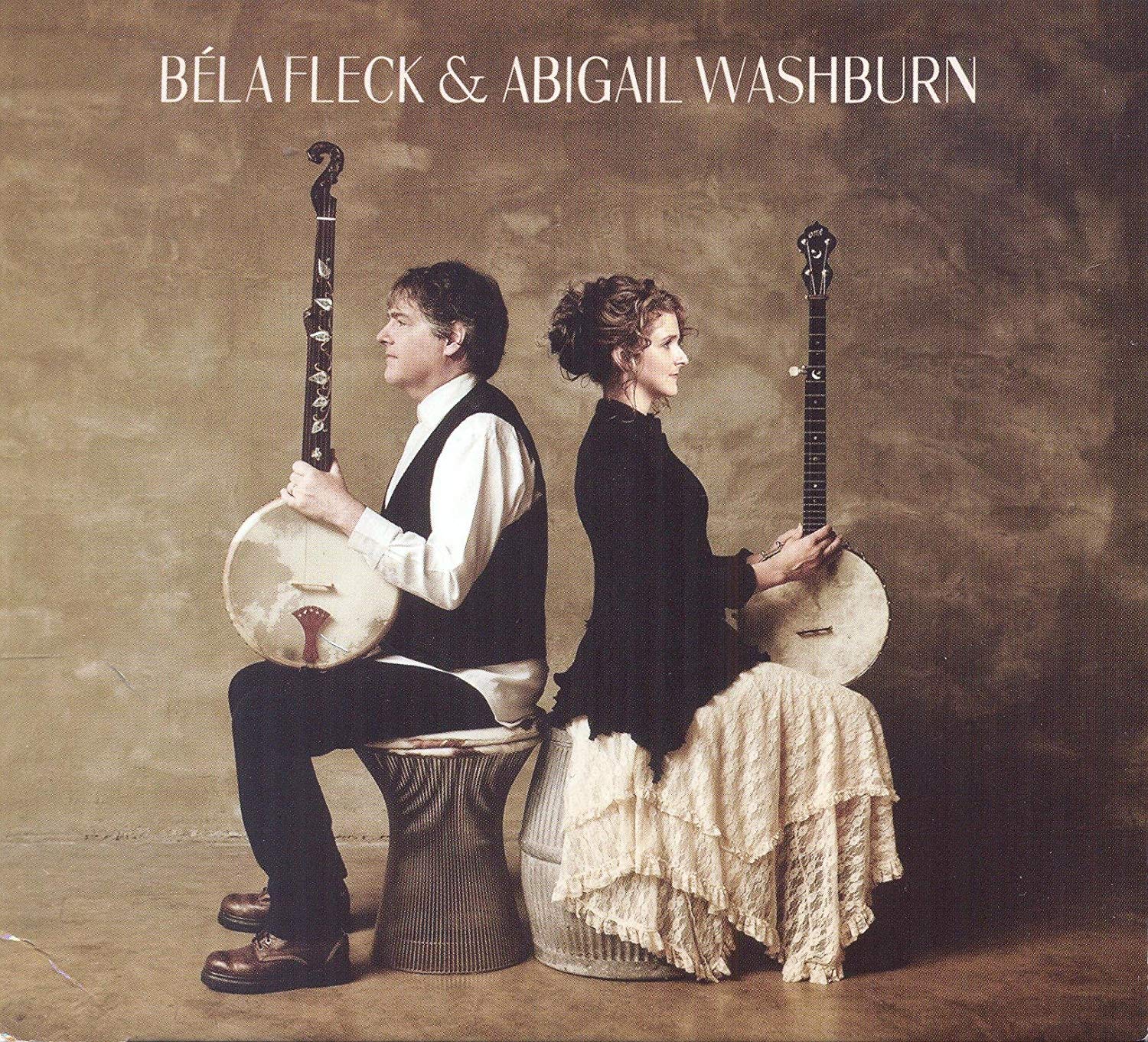
The term “power couple” was added to the Oxford English Dictionary in 2016, and defined as a romantic pairing of people who are “equally influential or successful in their own right.”
According to the OED, the term goes back to at least 1983, when Newsweek used it to describe Bob and Elizabeth Dole. They had each forged successful careers in politics – she as Secretary of Education, he as a senator – and the magazine declared the Doles to be “a Washington power couple, heirs to all the attention and mystique the title implies.”
These days, “power couples” are more likely to be found in Hollywood than Washington; after all, no place on earth thrives on attention and mystique quite like Hollywood. But I think there should be a distinction between “celebrity couple” and “power couple.”
Jennifer Lopez and Alex Rodriguez are a celebrity couple. They both reached the peak of their chosen professions (she as a performer, he as a steroid user baseball player) but they got together after both had become famous, and their greatness did not result from anything they did together. Their greatness exists as parallel lines.
A power couple, to me, achieves greatness together, accomplishing as a team what they never would have accomplished alone.
Melissa and Doug Bernstein? Power couple. Rosemary and Peter Grant? Power couple. Pierre and Marie Curie? Nobel Prize-level power couple.
The music industry has a rich history of power couples. Unfortunately, many of music’s most famous relationships were fraught to say the least. Ike and Tina. Whitney and Bobby. Sonny and Cher. The old “better to burn out than fade away” rock mantra seems to apply to musician relationships as much as to musicians.
This is why I’m very pleased to feature the husband and wife team of Béla Fleck and Abigail Washburn, who just might be the Beyoncé and Jay-Z of the banjo world. Not only have they had success as individuals, but in 2016 – the same year the term “power couple” was added to the dictionary – their first album together did something that none of their work apart has done: it won the Grammy for Best Folk Album.
What makes this a beautiful song:
1. The two banjos are mixed so that one is panned slightly towards the left channel, and one slightly to the right. Far enough apart to be distinct, but close enough to reach out and hold hands.
2. The focus shifts back and forth between the two banjos; each one gets the chance to support the other.
3. It sounds happy. It also sounds like hard work. Which is the recipe for most beautiful things, really.
Recommended listening activity:
Designing your couple album cover.